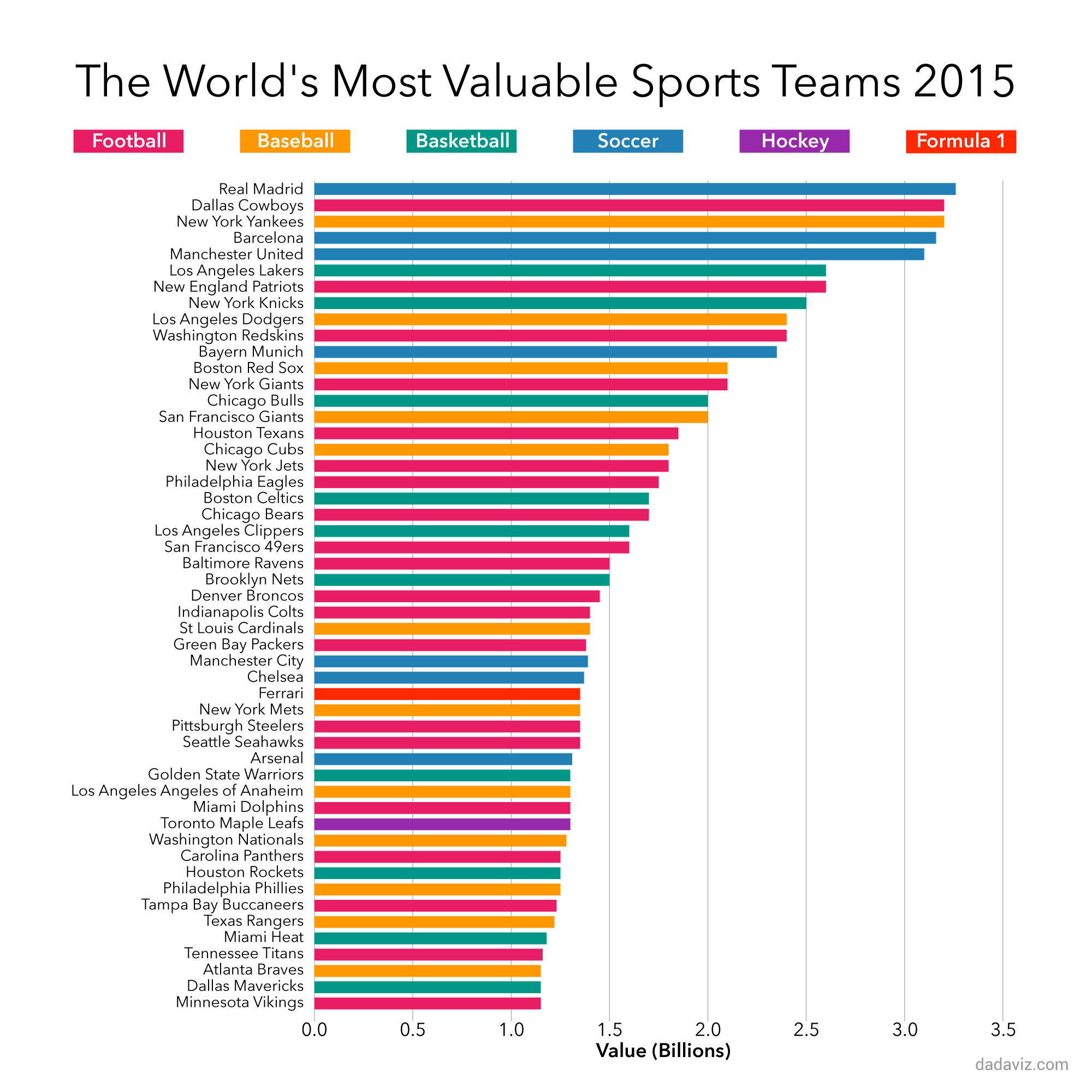Introduction
Sports have long been a beloved pastime, providing entertainment, promoting physical activity, and fostering community spirit. However, some sports come with a hefty price tag, making them inaccessible to many. In this article, we delve into the world of high-end sports, exploring the most expensive sports in the world, their costs, and what drives their exclusivity.
- Polo – The Sport of Kings
Polo is often regarded as the most expensive sport in the world, with a single match costing upwards of $100,000. The sport requires a significant investment in horses, equipment, and training, making it a luxury only the wealthy can afford. Top polo players like Nacho Figueras and Adolfo Cambiaso are international celebrities, with their skills and expertise commanding high prices.
Cost:
- Polo ponies: $50,000 – $100,000 each
- Equipment: $10,000 – $20,000
- Training: $5,000 – $10,000 per month
- Yacht Racing
Yacht racing is a high-stakes sport, with top competitors investing millions in state-of-the-art vessels and crew. The America’s Cup, one of the most prestigious sailing competitions, has a estimated cost of $100 million per team. The expense is justified by the thrill of racing and the prestige of victory.
Cost:
- Yacht: $1 million – $10 million
- Crew: $500,000 – $1 million per year
- Equipment: $100,000 – $500,000
- Formula 1 Racing
Formula 1 is the pinnacle of motorsports, with top teams like Ferrari and Mercedes investing hundreds of millions in cars, technology, and talent. Drivers like Lewis Hamilton and Sebastian Vettel earn tens of millions, making them among the highest-paid athletes in the world.
Cost:
- Car: $10 million – $20 million
- Team: $500 million – $1 billion per year
- Driver salary: $10 million – $50 million per year
- Equestrian Sports
Equestrian sports, such as dressage and show jumping, require significant investments in horses, training, and equipment. Top riders like Charlotte Dujardin and Scott Brash have won Olympic medals and command high prices for their expertise.
Cost:
- Horse: $50,000 – $500,000
- Training: $5,000 – $10,000 per month
- Equipment: $10,000 – $20,000
- Golf
Golf is a popular sport, but playing at the highest level comes with a hefty price tag. Top golfers like Tiger Woods and Rory McIlroy earn millions in endorsements and prize money, while country club memberships and equipment costs add to the expense.
Cost:
- Country club membership: $10,000 – $50,000 per year
- Equipment: $1,000 – $5,000
- Lessons: $500 – $1,000 per month
- Ski Racing
Ski racing is a high-speed sport, requiring significant investments in equipment, training, and travel. Top skiers like Lindsey Vonn and Marcel Hirscher earn millions in endorsements and prize money, while the cost of competing at the highest level is substantial.
Cost:
- Equipment: $5,000 – $10,000
- Training: $5,000 – $10,000 per month
- Travel: $10,000 – $20,000 per year
Conclusion
The most expensive sports in the world are a reflection of the exclusivity and luxury that comes with competing at the highest level. From polo to yacht racing, these sports require significant investments in equipment, training, and talent, making them inaccessible to many. However, for those who can afford it, the thrill of competition and the prestige of victory make it all worthwhile.
